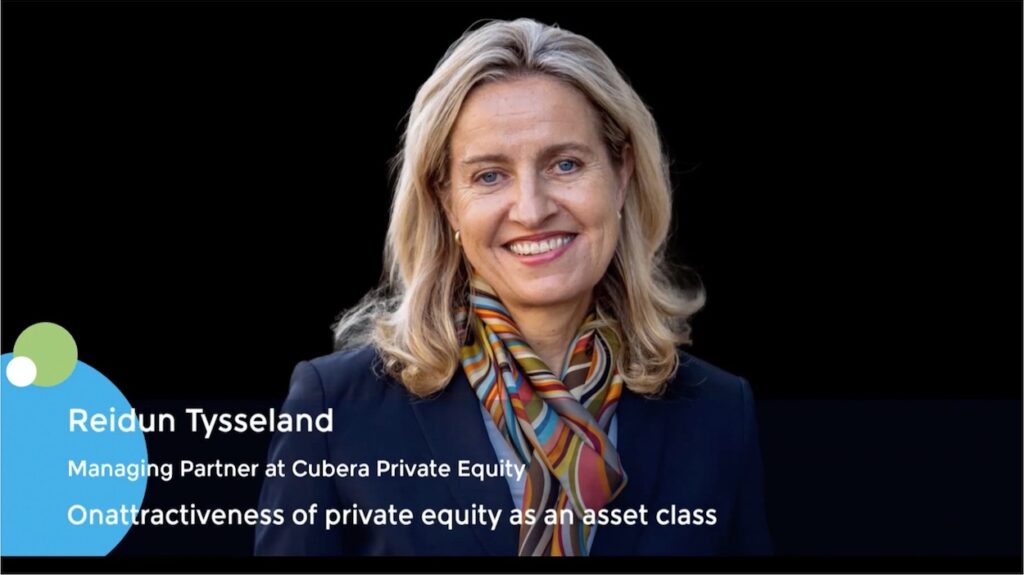Australia’s rare earths sector up for more funding deals with expected boost in government help
Rare earths companies in Australia are up for more funding deals as the government is expected to follow the US lead to provide more support, according to sector experts.
Government support will make rare earths developers more likely to get the rest of the required funding from other investors, in the form of joint ventures (JV), capital raises, and offtake agreements, they told Mergermarket.
“The stage has been set with what the US administration is doing with MP Minerals,” said Cian Caffrey, executive director at RFC Ambrian, an Australian advisory and investment firm focusing on resources, pointing to the Pentagon’s strategic move to invest USD 400m in America’s only active rare earths mining and processing company and to pay a “floor price” for the product.
“I would expect we will soon see more concrete moves from the government in rare earths,” he said, adding that other investors could come in with more confidence with the level of security provided by the government.
Craig Amos, partner – corporate finance and national mining & energy leader at RSM Australia, pointed out that the role sovereign states play directly in transactions and investments will be an interesting factor in the race to secure critical minerals.
“Whilst this provides an impetus to the sector on its own, it could also be a catalyst for more and larger financing or transactional activity where sovereign states are prepared to provide underwriting to capital risk,” he noted.
Indeed, the US government’s MP Materials deal has triggered investor enthusiasm for rare earths players listed on the ASX, including Lynas Rare Earths, Australia’s largest, which has seen its share price rise more than 70% since mid-July. Riding on the optimism, Lynas just completed an institutional placement to raise AUD 750m to fund its next phase of growth.
Government help critical
Rare earth elements (REEs) are a subset of critical minerals, comprising 17 metallic elements that are essential for high-tech applications and electronics. However, their dispersed nature makes them difficult to mine. The nature of rare earths also means the sector would require government help – it is not like gold where private capital can sufficiently fund processing – it is very hard to bring new rare earth projects online or optimize rare earths processing, said Andrew Mortimer, chairman of Keops Group, a resources-focused advisory and investment firm.
It would require certain levels of sovereign investment from governments to meaningfully compete with China and scale the sector quickly, Amos added.
The US and other Western countries have been seeking to diversify their supply chains and establish independence from China, which, according to Statista data, is the world’s largest producer of rare earths with nearly 70% of global production in 2024.
In Australia, some rare earths companies have already received Australian government funding via various facilities such as Critical Minerals Facility, Northern Australian Infrastructure Facility, National Reconstruction Fund, Critical Minerals Development Program, as well as Export Finance Australia.
Arafura Rare Earths has received more than AUD 1bn in government financing, including the AUD 200m commitment this January from the National Reconstruction Fund and an earlier AUD 840m loans and grants package, for its Nolans project, Australia’s first combined rare earths mine and refinery.
Iluka Resources has secured AUD 1.7bn in loans from the government with an initial AUD 1.25bn loan commitment in 2022, followed by a further AUD 475m loan in December 2024, for its Eneabba plant, which will be the first rare earths separation facility in Australia.
Hastings Technology Metals also received a AUD 220m loan for its Yangibana rare earths project in 2023.
Corporate M&A still overshadowed by JV, offtake
In a sector deemed to be so critical and hungry for capital, there have been ongoing talks about potential consolidation through M&A, but Mortimer said that in many cases people still want to see if the government will “stump up” to help with processing.
Although consolidation among current REE players is always a possibility, it would require either sovereign states to get involved directly or for the global mining majors to be more involved, according to Amos, who pointed out that most global mining majors have little to none REE exposure at present.
Increased government support is potentially making REE companies more “bankable”, but what it is not doing is making them more attractive to overseas bidders, Caffrey argued. “It’s actually ringfencing them more from takeover (by overseas buyers) as governments are going to have big stakes, big say in developments,” he said.
There will be very few parties with the capacity to do so apart from Chinese companies, but again it is impossible to see a Chinese company getting FIRB approval to buy an onshore rare earths company of scale in Australia, he noted.
In 2023, Australia blocked an attempt by a Chinese investor to increase its stake in Northern Minerals due to concerns over national interest, as reported at that time. Northern Minerals operates the Browns Range project in Western Australia’s East Kimberly region. Peak Rare Earths is in a scheme agreement to be acquired by China’s Shenghe Resources, but the company’s project is in Tanzania, not in Australia.
Among Australian ones, the natural buyer would be Lynas or possibly Iluka, Caffrey said. Local media has pointed to Viridis Mining, Meteoric Resources as potential targets for Lynas.
During the recent capital raise Lynas did note that it is keen to pursue new growth opportunities, including to “accelerate participation via partnership, joint venture, equity investment, or direct investment models”.
Dialling backwards, Lynas itself was a takeover target in 2019 for Australian industrial conglomerate Wesfarmers, which eventually dropped the bid. Last year, Lynas also admitted that it held confidential merger talks with MP Materials regarding a potential deal but did not proceed.
Mergermarket reported about a year ago that a series of capital raises conducted by Australian rare earths companies could pave the way to securing equity partners or cornerstone investors but M&A potential depends on whether the projects are economically viable.
Still, corporate deals are more likely to come at this stage in the form of JVs or offtake agreements, Caffrey said, adding there is significant interest from Japan and Korea for rare earths offtake.











